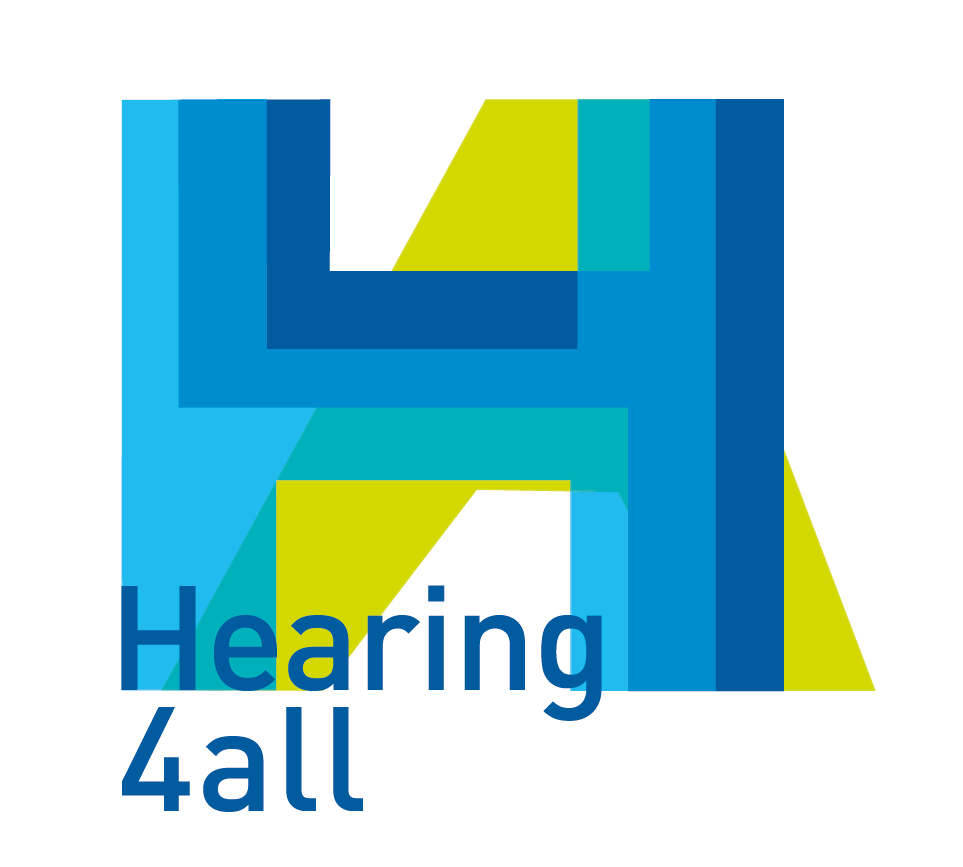Prediction of speech-in-noise intelligibility by hearing-impaired listeners: a re-analysis of Summers et al. (2013) auditory processing data
Data collected by Summers, Makashay, Theodoroff & Leek (2013) is re-analysed using statistical learning methods to determine the accuracy with which the intelligibility of speech in noise to hearing-impaired listeners may be predicted from psychoacoustic measurements of their hearing ability. Summers et al suggest that FM detection thresholds make some contribution to individual intelligibility scores, but we show that measures of peripheral compression and FM detection thresholds made little or no improvement to the prediction of individual listener speech reception thresholds beyond that obtained using hearing thresholds alone. A small improvement in prediction of listener SRT was obtained using auditory bandwidth measurements, but the benefit may not be useful in practice. A good estimate of individual listener intelligibility scores at different SNR values was obtained using a single intelligibility score and an average performance function slope.
Our main conclusions are as follows:
1. Variation in speech intelligibility across impaired listeners seems to be well modelled by the concept of a "listener SRT", that is a single SNR value that delivers 50% intelligibility to the listener.
2. Correlational analysis of the psychoacoustic measures shows that a great deal of variation across features within a listener may be captured by a small number of principal components.
3. Cross-validated predictions of listener SRT shows little utility for the Compression and FM threshold features once Hearing Thresholds have been taken into account.
4. Support Vector Regression seems to produce better cross-validated predictions of intelligibility than linear regression. Listener SRTs can be predicted from the hearing thresholds alone with a Mean Absolute Error (MAE) of less than 1.5dB for speech-shaped noise and less than 2.2dB for modulated noise.
5. Individual performance scores for different SNR conditions can be predicted to within an MAE of about 1Berkson from the psychoacoustic data, but considerably better predictions (of about 0.6Berkson) can be obtained if a single intelligibility score is used instead of the predicted SRT.
Reference
V. Summers, M.J. Makashay, S.M. Theodoroff, M.R. Leek, “Suprathreshold auditory processing and speech perception in noise: hearing-impaired and normal-hearing listeners”, J.Am. Acad. Audiol 24 (2013) 274-292.
Warning: Use of undefined constant s - assumed 's' (this will throw an Error in a future version of PHP) in /home/spinnluxnr/www/2017/pages/programme.php on line 208


